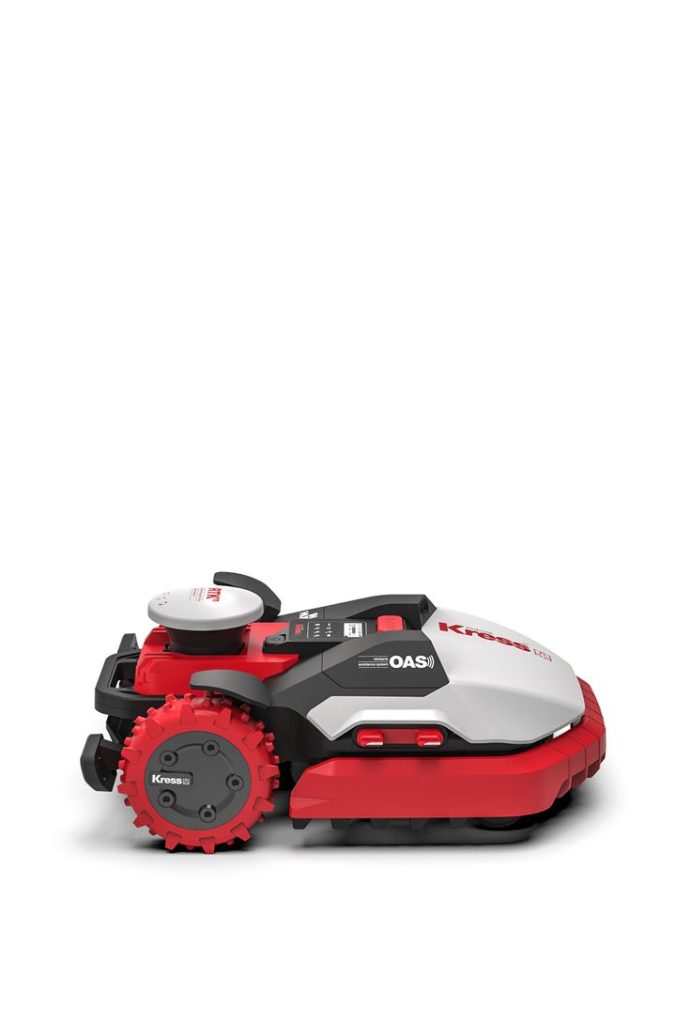For generations, the chore of mowing the lawn has been a quintessential weekend activity, often accompanied by the roar of a gasoline engine and the smell of freshly cut grass. However, a quiet revolution has been unfolding in our backyards: the ascent of the automatic grass cutting robot. Once a niche luxury, these intelligent machines are rapidly transitioning into mainstream household appliances, fundamentally reshaping how we approach lawn care. Their growing popularity is a testament to their convenience, efficiency, and increasingly sophisticated capabilities.
From Novelty to Necessity
Early robotic lawn mowers, much like their vacuuming counterparts, were viewed with skepticism – expensive novelties that couldn’t quite replace human effort. Fast forward to today, and the technology has matured significantly. Advances in battery life, navigation systems, sensor technology, and artificial intelligence have transformed these robots into highly capable and reliable lawn maintenance tools. They are no longer just for tech enthusiasts; they are becoming a practical necessity for busy homeowners, the elderly, or anyone seeking to reclaim their precious free time.
The Core Appeal: Unmatched Convenience
The primary driver behind the rise of the automatic grass cutting robot is, without a doubt, convenience. Once installed and programmed, these machines operate autonomously, cutting the grass on a schedule set by the homeowner.
- Time Liberation: Homeowners are freed from the weekly or bi-weekly chore of mowing, allowing them to dedicate hours to family, hobbies, or other pursuits. This is particularly appealing in an era where time is a premium commodity.
- Effortless Maintenance: There’s no physical exertion required. The robot handles the cutting, navigates obstacles, and returns to its charging station independently.
- Flexible Scheduling: Many models can be programmed to mow at any time of day or night, even in light rain, ensuring the lawn is always pristine without disrupting daily routines.
Beyond Convenience: Benefits for Lawn Health
The impact of automatic grass cutting robots extends beyond mere convenience; they actively contribute to healthier, more vibrant lawns.
- “Little and Often” Mowing: Unlike traditional methods that remove a large portion of the grass blade at once, robots trim tiny amounts frequently. This minimizes stress on the grass, encouraging denser growth and a more uniform appearance.
- Natural Fertilization: Most robots finely mulch the clippings, returning nutrient-rich organic matter to the soil. This acts as a natural, slow-release fertilizer, reducing the need for chemical inputs and improving soil structure over time.
- Reduced Compaction: Being lightweight and constantly varying their paths, these robots minimize soil compaction, allowing better access for water, air, and nutrients to the grass roots.
Technological Advancements Driving Growth
The rapid evolution of features is a key factor in their growing adoption:
- Wire-Free Navigation: Newer models are increasingly utilizing GPS, RTK, and vision-based mapping, eliminating the need for cumbersome boundary wires and simplifying installation.
- Intelligent Obstacle Avoidance: Advanced sensors (ultrasonic, 3D, AI-powered vision) allow robots to detect and navigate around complex obstacles, preventing collisions and getting stuck.
- Smart Home Integration: Seamless connectivity with smartphone apps, voice assistants (Alexa, Google Assistant), and IFTTT enables remote control, dynamic scheduling, and integration into broader smart home ecosystems.
- Enhanced Security: Features like GPS tracking, PIN codes, and alarm systems address security concerns, making them a safer investment.
The Future of Lawn Care
The automatic grass cutting robot is no longer a futuristic concept; it’s a present-day reality transforming residential landscapes. As technology continues to advance, these robots will become even more intelligent, efficient, and accessible, solidifying their position as an indispensable tool for modern homeowners. The days of manual mowing as a universal chore are slowly fading, replaced by the quiet, consistent hum of our autonomous lawn care companions.




